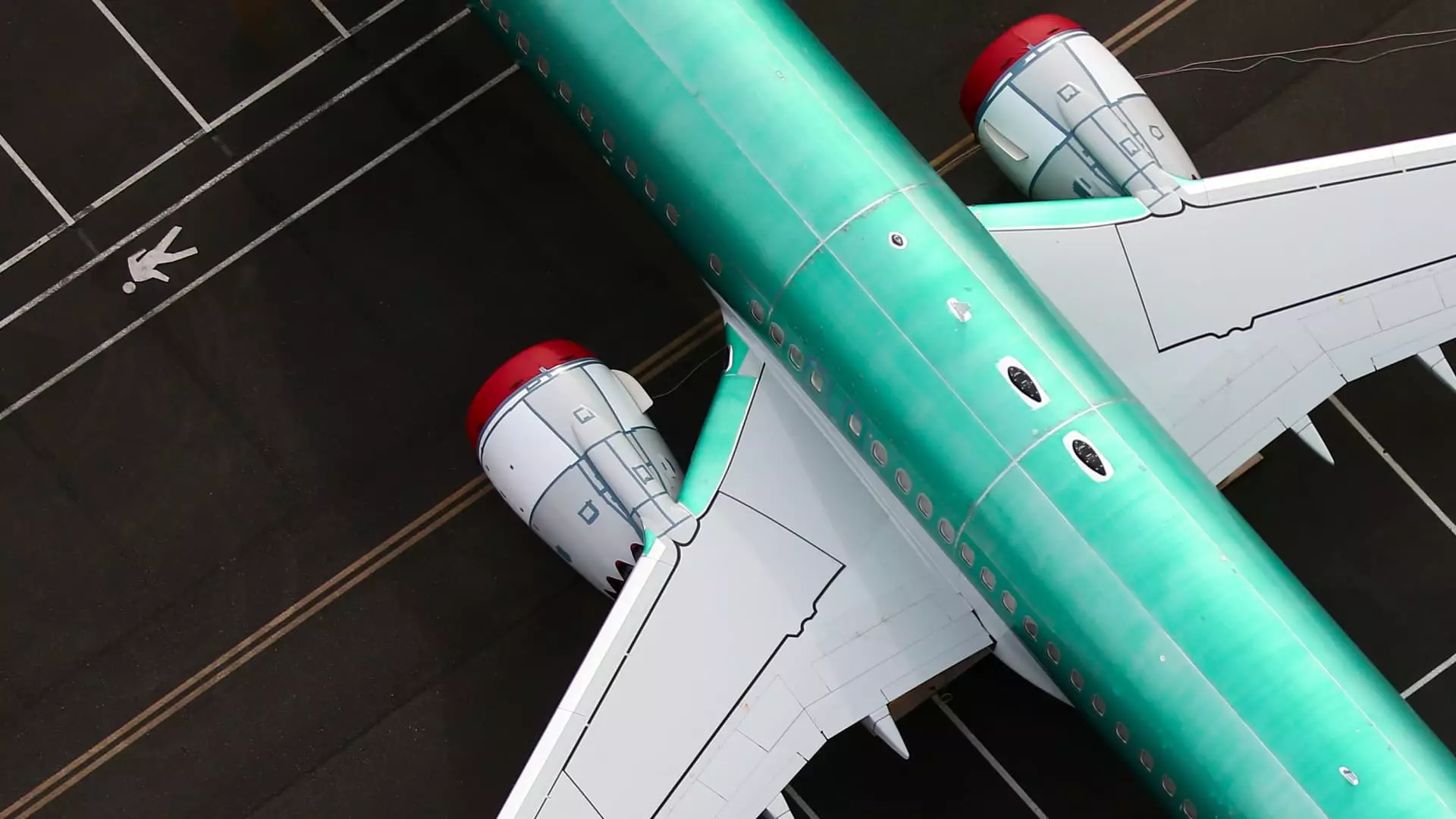Boeing is grappling with a tumultuous financial landscape, having reported significant projected losses that total approximately $4 billion for the fourth quarter of 2023. This troubling forecast compounds issues the manufacturer is facing as it embarks on 2024 under a cloud of adversity. The anticipated loss of $5.46 per share starkly contrasts with analyst forecasts, undermining any significant recovery efforts made in recent quarters. With revenues anticipated at $15.2 billion, analysts are voicing concerns, noting that expectations were not met, as highlighted by LSEG estimates. Compounding this financial crisis, the company experienced a cash burn of around $3.5 billion, further straining its liquidity.
The series of setbacks facing Boeing has been profound and, regrettably, five years in the making. Following a high-profile midair incident in January 2024—where a door plug failure triggered yet another safety examination—the company found itself under intense scrutiny. This incident comes in the wake of the devastating aftermath from two deadly crashes in 2018 and 2019 that tarnished the company’s reputation. The fallout not only affected public trust but led to significant disruptions in its operations, including a slowdown in deliveries of new aircraft, which are crucial for cash flow.
Additionally, a labor strike that spanned nearly two months starting in September halted much of Boeing’s commercial aircraft production. The strike ended with workers in the Puget Sound region securing a new contract in November, but not without significant cost to the company. This prolonged interruption severely impacted Boeing’s operational capacity and further exacerbated its financial woes. Boeing’s Commercial Airplanes division is now projecting a stark revenue dip of nearly 44% in its operating margin—a distress signal for a sector that is typically the company’s breadwinner.
In response to these unfavorable conditions, Boeing has initiated numerous measures to stabilize its financial health. CEO Kelly Ortberg highlighted the significance of successfully negotiating an agreement with employees represented by the International Association of Machinists (IAM) and the successful completion of a capital raise that brought in over $20 billion. Such efforts appear to reflect a strategic pivot aimed at addressing immediate cash flow issues and laying groundwork for gradual recovery.
Despite these efforts, the company is not out of the woods. The anticipated $1.1 billion charge linked to its 777X and 767 programs reaffirms ongoing challenges in aligning operational efficiency with market demands. Enhancing its defense unit operations presents yet another hurdle, with Boeing expecting to incur pretax charges totaling $1.7 billion related to both the KC-46A tanker and delays in the 747s designated for the Air Force One program.
While Boeing is earningestly undertaking initiatives to recover from its arduous struggles, the path forward remains fraught with challenges. A combination of operational disruptions, labor strife, and ongoing scrutiny will necessitate profound strategic shifts if the aerospace giant hopes to reclaim its position in the market and return to profitability in the coming years. The potential for recovery exists, but it hinges on the resolution of these pressing issues and the company’s ability to adapt to an ever-evolving industry landscape.

